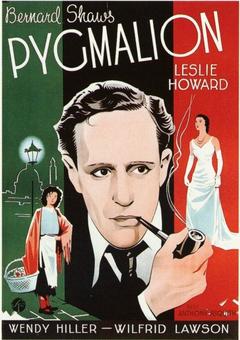

The play then ends with Henry mocking her idea of marrying this man (Shaw). In the end, Eliza becomes tired of Higgins’s pompous attitude as she grows independent, and leaves him to marry a typical romantic character of the middle-class. The general public expects and practically demands a happy ending of a play that seems so highly romantic, but Shaw provides the audience with a strictly logical ending instead. Shaw does not end the play as most would expect though. The play tracks Eliza and Higgins’s journey and the transformation of their relationship from teacher and pupil to one where both are equally accustomed to the other and have become integral parts of the others lives.

Throughout the course of the play Higgins transforms her into an elegant independent woman. In Shaw’s story, Henry Higgins, an expert in phonetics, happens upon a poor flower girl with awful English and street manners named Eliza Doolittle. It is a retelling of an ancient story, of the same name, by the Roman poet, Ovid, in which a sculptor falls in love with a statue he carved. Also included in this volume is Shaw's preface, as well as his 'sequel' written for the first publication in 1916, to rebut public demand for a more conventially romantic ending.The Controversial Ending of Shaw’s Pygmalion George Bernard Shaw’s Pygmalion is a play that has become a classic in today’s world. Laurence, with an illuminating introduction by Nicholas Grene, discussing the language and politics of the play.

This is the definitive text produced under the editorial supervision of Dan H. Adapted into the Oscar-winning musical film My Fair Lady starring Audrey Hepburn and Rex Harrison in 1964, Pygmalion The one thing he overlooks is that his 'creation' has a mind of her own. In Shaw's hands, the phoneticist Henry Higgins is the Pygmalion figure who believes he can transform Eliza Doolittle, a cockney flower girl, into a duchess at ease in polite society. A brilliantly witty reworking of the classical tale of the sculptor Pygmalion, who falls in love with his perfect female statue, it is also a barbed attack on the British class system and a statement of Shaw's feminist views. Pygmalion both delighted and scandalized its first audiences in 1914.


 0 kommentar(er)
0 kommentar(er)
